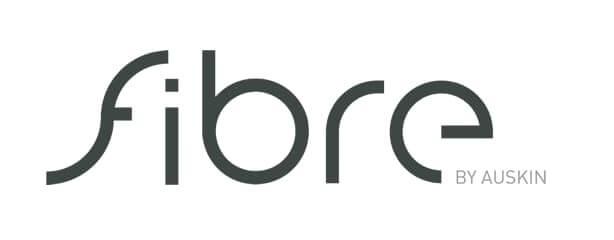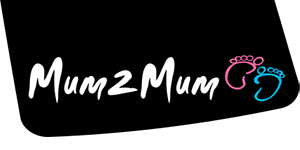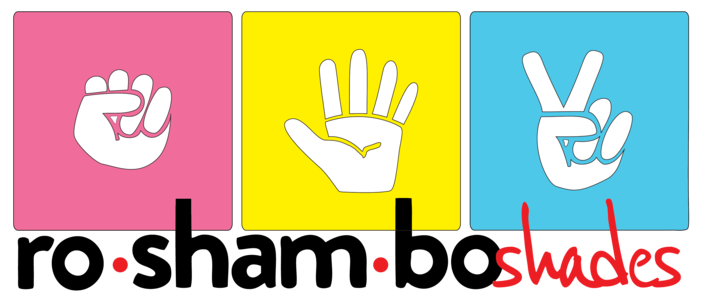
Design Process in Architecture
Smartfox Books Code: PR33437
Normally: $73.20
Every building starts with an idea. But how does one transform a simple concept into a fully realized piece of architecture? What separates a good design from a great one? These are the questions at the heart of this approachable and insightful guidebook, designed specifically for students embarking on their journey into the world of architecture.
This guidebook serves as an essential resource for beginning architecture students, offering a comprehensive overview of the design process from initial concept to final execution. It addresses the fundamental aspects of design, providing students with the tools and knowledge needed to develop their own creative processes and methodologies. Whether you’re a student trying to find your footing in the architectural field or someone curious about how architectural design works, this book offers a wealth of information in an accessible and engaging format.
Why do some ideas work better than others? This guide delves into the reasons behind successful design, exploring the principles and strategies that underpin effective architectural solutions. It encourages students to think critically about the choices they make during the design process, helping them to understand why certain ideas resonate more strongly and result in more impactful architecture.
One of the key strengths of this book is its use of diverse examples drawn from various types of architecture. By showcasing a wide range of architectural styles and approaches, the book provides students with a broad perspective on what architecture can be. These examples serve not only as inspiration but also as practical case studies that illustrate how different design strategies can be applied in real-world contexts.
What is a 'good' design? The book tackles this elusive question head-on, guiding students through the complex considerations that go into evaluating and refining a design. It emphasizes that there is no single definition of "good" design, but rather, it is the result of a thoughtful, well-reasoned process that balances aesthetics, function, context, and innovation. The book encourages students to develop their own criteria for evaluating their work, empowering them to make design decisions with confidence.
The text is complemented by hundreds of images, including sketches, diagrams, and photographs, which help to illustrate the concepts and techniques discussed. These visuals not only enhance the learning experience but also demonstrate the importance of visual communication in the field of architecture. Students will gain an appreciation for the role that drawing, modeling, and other forms of visual expression play in conveying ideas and guiding the design process.
This guidebook also acknowledges the challenges that architecture students often face, such as finding inspiration, dealing with creative blocks, and navigating the critiques and feedback that are an integral part of the design studio environment. It offers practical advice on overcoming these hurdles, providing students with strategies for staying motivated and productive throughout their studies.
Beyond its practical applications, the book also invites students to reflect on the broader implications of architectural design. It encourages them to consider the social, environmental, and cultural impacts of their work, fostering a sense of responsibility and ethical awareness that is crucial in today’s rapidly changing world. By helping students to see architecture not just as a technical discipline but as a form of artistic and cultural expression, the book inspires them to pursue designs that are not only functional but also meaningful and transformative.
In conclusion, this guidebook is an indispensable resource for anyone interested in architecture, whether you’re a beginning student or simply curious about the design process. Its accessible text, combined with a wealth of visual material, provides a clear and comprehensive overview of the principles and practices that underlie successful architectural design. By the end of this book, students will have gained a deeper understanding of how to develop their ideas into compelling architectural solutions, equipped with the tools and confidence to forge their own paths in the world of architecture.

















.jpg)
















































ulva-Logo.jpg)
